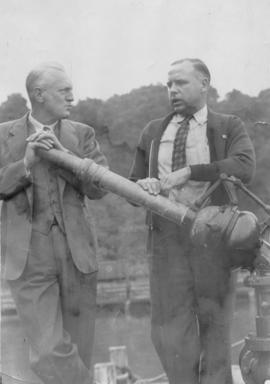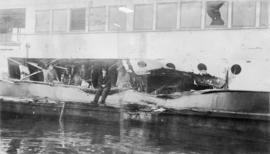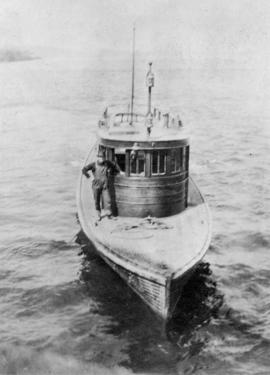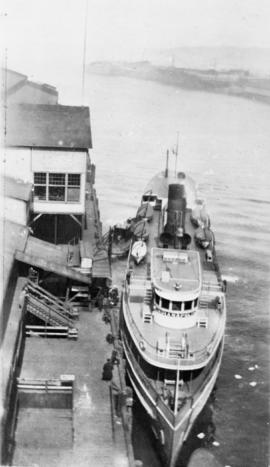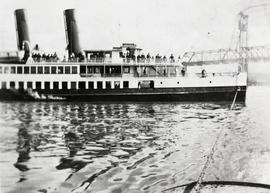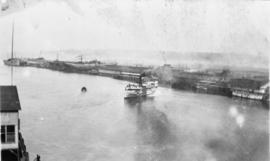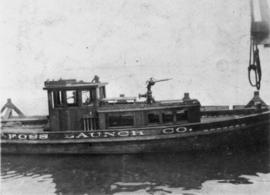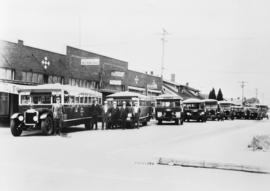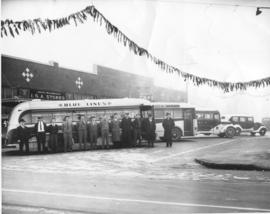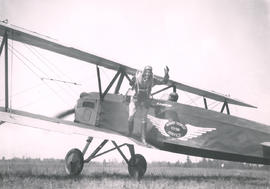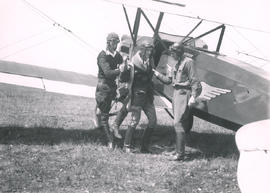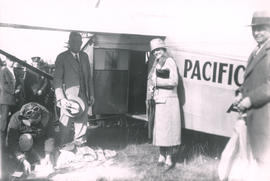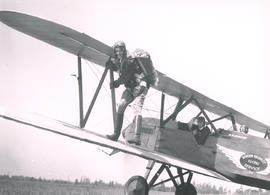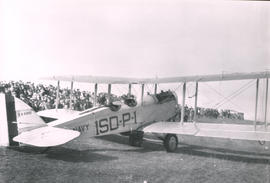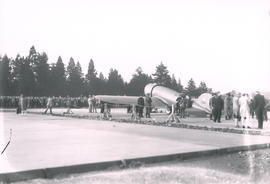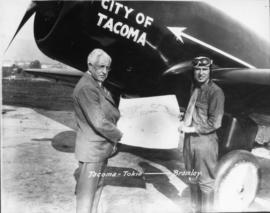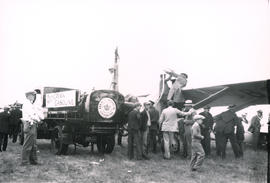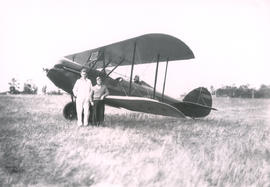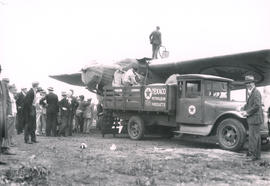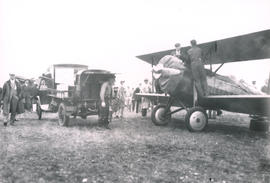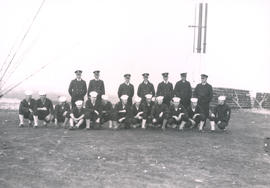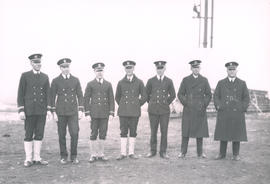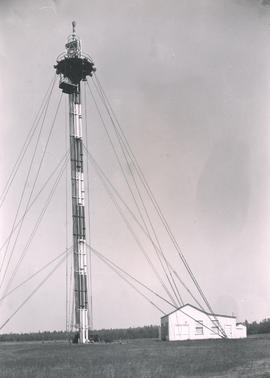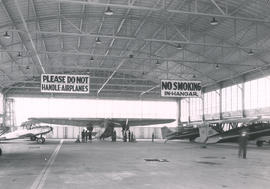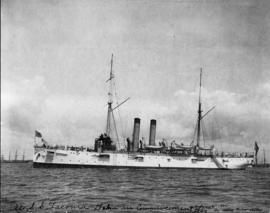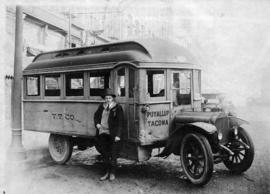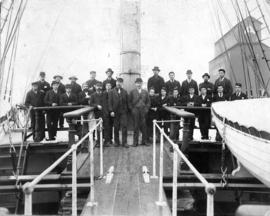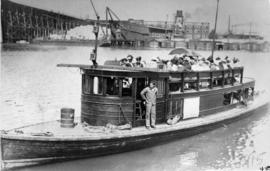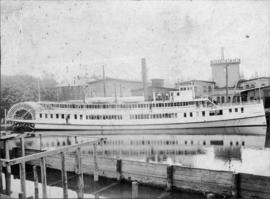- Item
- 1946
Part of General Photograph Collection
ca. 1946. Henry Foss (left) and William T. (Bill) Case held a discussion circa 1946 while leaning on the water pump of the Foss #12, used both as a fireboat and a tug. As the Foss Launch & Tug Co. expanded into new markets, Henry remained in Tacoma to run the local office. He served in World War II and returned once again to the company. He retired as president of the maritime company in the Northwest. Bill Case loyally worked for Foss from 1915 until his death in 1956. He started out as a deckhand and later skippered the Foss #12 during its tenure as Tacoma's fireboat. He was the Chief Dispatcher for the company when he retired due to illness. (Photograph courtesy of the William T. Case Collection)
Foss, Henry O., 1891-1986; Foss Launch & Tug Co. (Tacoma); Case, William T.;
